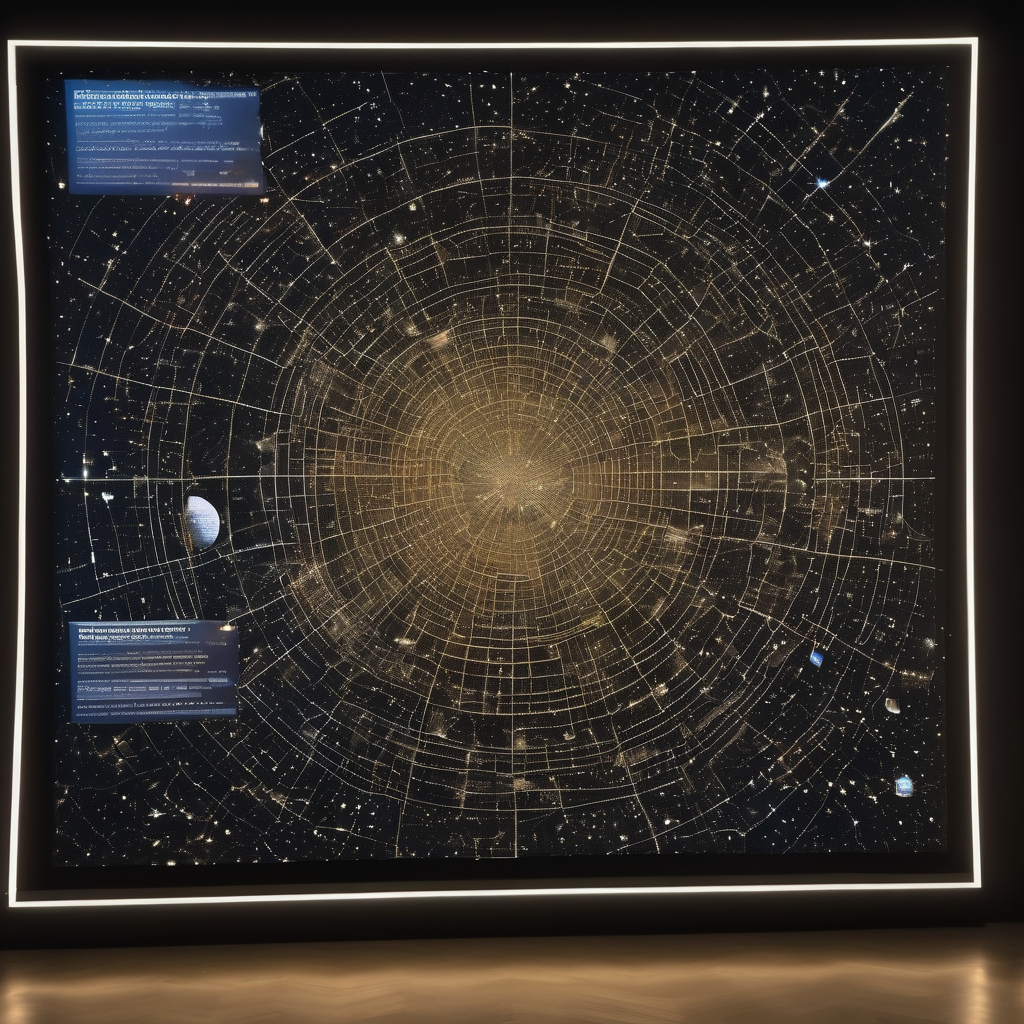The Euclid mission, which commenced in June 2023, is revolutionizing the study of the universe by systematically mapping billions of galaxies across one-third of the visible sky to create an unprecedented 3D cosmic atlas. Through its precise observational capabilities, the mission fuels the creation of Flagship 2—the most sophisticated and detailed cosmological simulation ever devised. With sheer complexity and volume, the mission’s data streams include measurements of minute gravitational lensing caused by dark matter filaments. For effective analysis, an equally intricate synthetic universe, known as Flagship 2, was crafted as a vital comparative tool.
In this expansive simulation, every dot reflects a galaxy, with varying colors indicating different galactic roles within dark matter clumps. Managed by the Euclid Consortium, Flagship 2 facilitates understanding of enigmatic cosmic components such as dark matter and dark energy, supporting Euclid’s mission to test the resilience and accuracy of the prevailing cosmological models.
Astrophysicist Julian Adamek highlights the team’s anticipation of potentially discovering phenomena beyond current theoretical explanations. This mission strives to address pivotal questions like the constancy of dark energy—the enigmatic force propelling the universe’s expansion—over the last 10 billion years.
Flagship 2, orchestrated by an international team of scientists, represents a digital model that mirrors the evolution of 3.4 billion galaxies over 10 billion years. It utilizes advanced algorithms developed by University of Zurich astrophysicist Joachim Stadel and the computational power of the now-replaced Piz Daint supercomputer. This simulation serves as a critical testing ground, allowing scientists to refine algorithms and methodologies necessary for extracting significant insights from Euclid’s observations. By juxtaposing real Euclid images against the meticulously controlled simulated dataset, researchers can rectify observational anomalies and fine-tune methodologies to map subtle distortions caused by dark matter.
The project embodies a remarkable scientific collaboration designed to challenge and expand the boundaries of our understanding regarding the cosmos and its most mysterious forces. With the successful deployment of the Flagship 2 simulation, scientists are equipped with a powerful tool to unravel the complexities of dark matter and dark energy, potentially ushering in new paradigms for cosmology.
